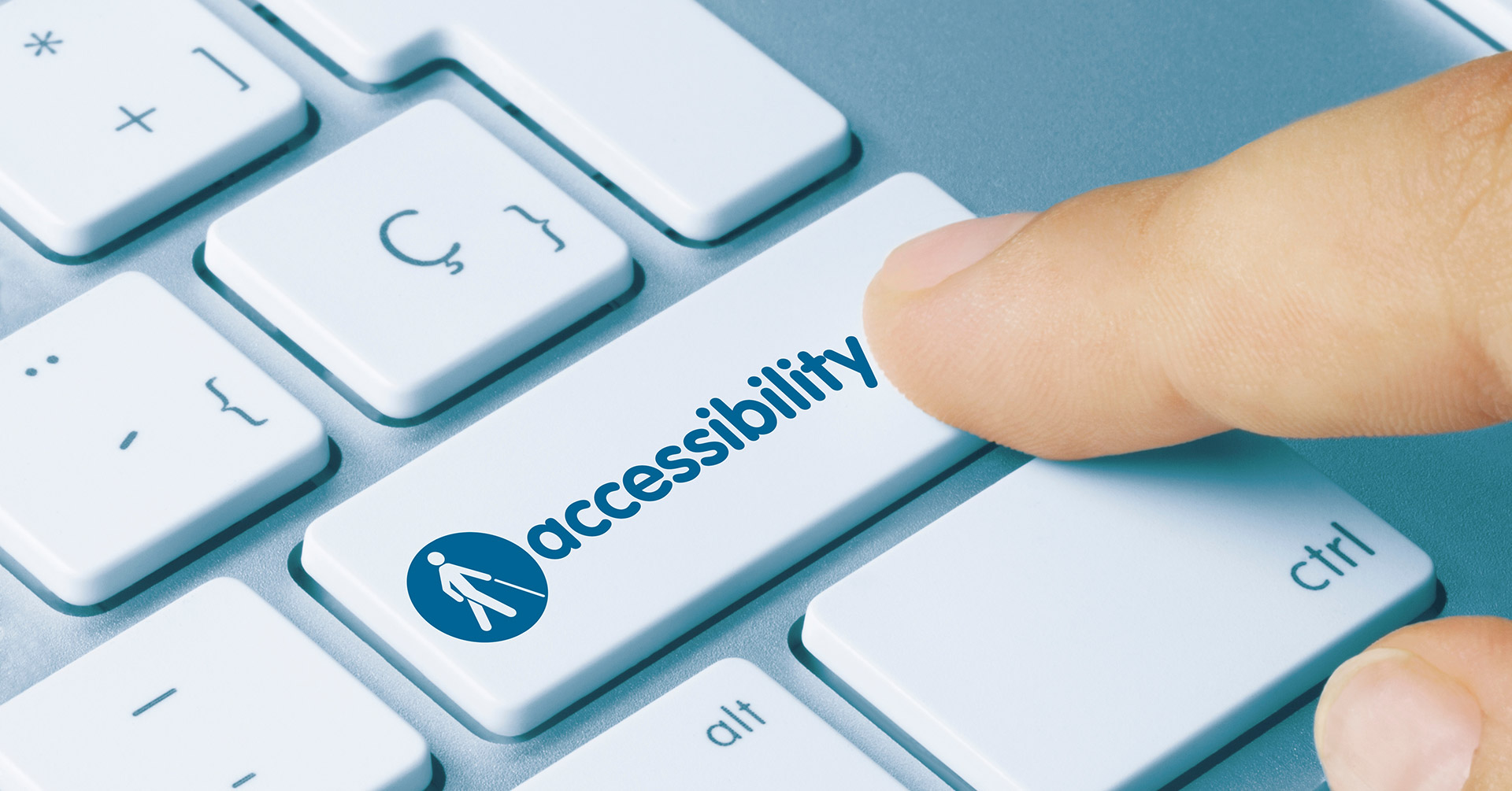Accessibility in web design is the practice of designing websites and applications that can be easily used by people with disabilities. This includes people with visual, auditory, motor, and cognitive disabilities. With the increasing number of people using the internet, accessibility in web design is becoming increasingly important.
One of the main trends in accessibility is the increased focus on mobile-first design. More and more people are accessing the internet from their mobile devices, and it’s important for websites and applications to be optimized for mobile use. This includes designing for smaller screens, larger font sizes, and simplifying navigation.
Another trend in accessibility is the use of artificial intelligence (AI) and machine learning (ML) to create more personalised and intuitive experiences for users. These technologies can be used to create intelligent forms, personalized recommendations, and assistive features such as speech recognition and natural language processing.
Web Content Accessibility Guidelines (WCAG) 2.1 which is an international standard for web accessibility that provides a set of guidelines and success criteria for making web content more accessible. Accessibility in web design is not only a legal requirement in many countries, but it is also an ethical and moral imperative. Accessible websites provide an equal opportunity for all users to access information and resources. It is important for businesses and designers to consider accessibility in the early stages of design and development, and to keep in mind that accessibility is not a one-time effort, but rather an ongoing process that requires continuous improvement.
With the growing number of people using the internet, it’s essential for businesses and designers to create websites and applications that can be easily used by people of all ages and abilities.

